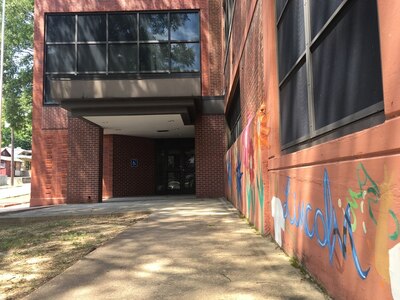As Shelby County Schools seeks to make school closures more about boosting academic achievement than cutting costs, district leaders are tracking the performance of displaced students in their new schools.
Shelby County Schools and the former Memphis City Schools have closed at least 22 schools since 2012, but it wasn’t until last year that the district started gathering data to measure how displaced students are faring in their new schools, according to Superintendent Dorsey Hopson.
“Under the board’s direction and leadership, we just now started to make sure that the academics is the primary driver, and so the board challenged us last year to make sure we start tracking those students,” Hopson said.

However, data is not available on the first group tracked — students moved from Lincoln Elementary to A.B. Hill Elementary following Lincoln’s closure in 2015 — because of this year’s failed rollout of the state’s new standardized test, known as TNReady.
But the tracking will continue following the closures this summer of Carver and Northside high schools, where students are shifting to Hamilton and Manassas high schools, respectively.
“We’ve invested a lot of additional resources in Manassas and in Hamilton,” Hopson said. “Hamilton is already an iZone school, so we’ll absolutely look more deeply into that data this year. We’re going to have more than anecdotal data.”
Little research focuses on the effects of school closures on how students fare academically. However, a 2009 report suggests that where and how students are transferred make a difference. The report, based on a study that tracked Chicago school closures from 2006 to 2009, said students benefited when they were transferred to significantly higher-performing schools.
In New York City, a 2015 study found that former Mayor Michael Bloomberg’s policy of closing bottom-ranked schools actually benefited students forced to enroll elsewhere.
Hopson said improved academic performance will be a priority in future closure decisions in Memphis. In September, district leaders are scheduled to release an analysis with recommendations on how to “right-size” the district to align enrollment with facilities. Currently, he said, the district has 27,000 more seats than students in its schools, with expectations of closing between 20 to 24 schools over the next five years.
“That’s obviously going to be a big part of the work when you talk about the footprint. There’s going to be a lot of things to come over the next few weeks,” he said.

